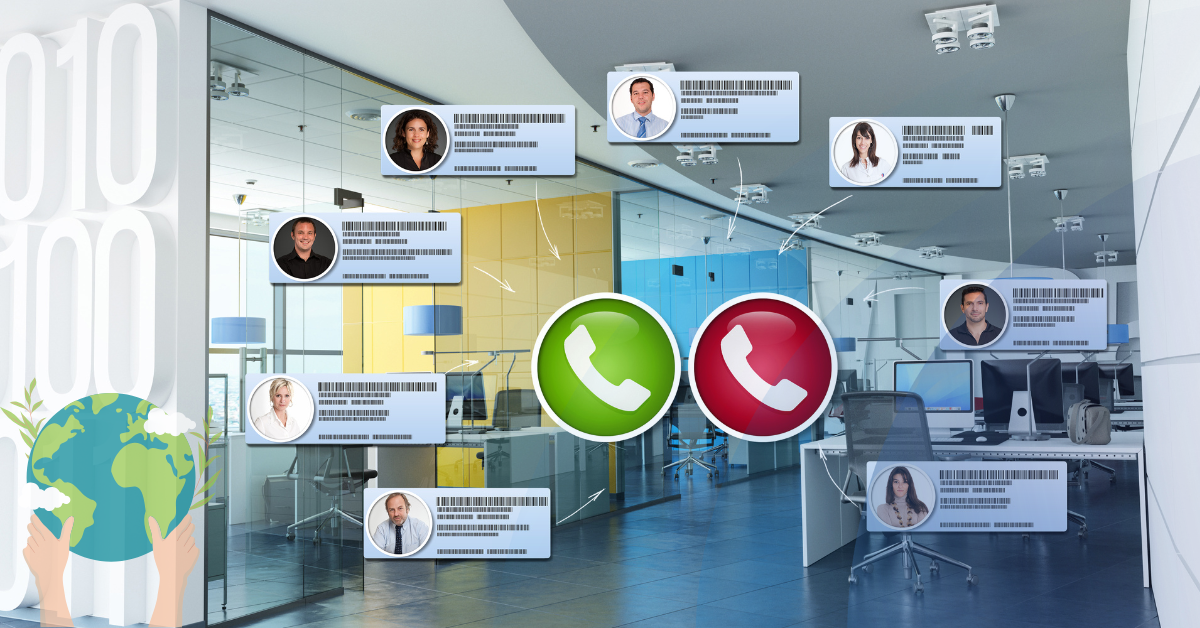In today’s fast-paced digital landscape, technology plays a critical role in driving innovation and shaping the future of work. Amidst the rush to adopt the latest tools and platforms, one crucial factor often overlooked is the influence of personality dynamics on how individuals embrace and engage with new technologies. Understanding these dynamics is essential for fostering a workplace culture that encourages innovation and harnesses the diverse strengths of team members. There’s an intricate relationship between tech and temperament. Let’s explore how personality impacts individuals’ readiness to embrace new technologies and what leaders can do to cultivate an innovative culture.
The Influence of Personality on Technology Adoption
We all know that human personalities are diverse, ranging from assertive to cautious, intuitive to analytical, fast paced, or methodical, and everything in between. The Omnia Group has been profiling personality traits for close to 40 years. We’ve helped thousands of clients hire the people who fit the job best and develop them to their full potential by diving deep into these variety of traits and personality groups.
Personality traits significantly influence individuals’ attitudes toward technology adoption. For instance, extroverted individuals may be more inclined to embrace social collaboration platforms and video conferencing tools, thriving in environments that facilitate interaction and communication. Conversely, introverted team members might prefer asynchronous communication channels like email or messaging apps, allowing them to process information at their own pace and in solitude.
Moreover, personality traits such as an openness to new experiences and a propensity for risk-taking play a crucial role in one’s willingness to adopt new technologies. Those who tend to be more adventurous, are eager to explore the latest AI and ChatGPT tools and experiment with how they can automate mundane tasks. On the other hand, individuals with a low tolerance for risk may be more cautious in their approach, preferring tried-and-tested technologies over cutting-edge advancements.
Adaptation and Learning Styles
In addition to influencing technology preferences, personality traits also shape individuals’ adaptation and learning styles. For example, sociable individuals with a preference for instinctual thinking may gravitate toward user-friendly interfaces and interactive learning. They might like the chance to learn new technologies on the job or in group settings where questions can be asked as they come up. People who are more reserved welcome the opportunity to learn technologies on their own, following tutorials and researching answers to questions. They tend to favor interfaces that are practical and logical, even if they are not very flashy.
Some learners are cautious and may worry about the risks that can be associated with adopting new technologies or may even fear that these technologies could replace human jobs. Others are ambitious and welcome the opportunities for goal achievement new technologies offer. For both these types of learners, security and safety need to be a consideration. Leaders should make it clear that the exploration and adoption of new technologies is supported and encouraged in the business, while reinforcing that anything employees explore needs to be within your IT policies and nothing puts your firm’s security at risk. They should offer reassurance around the learning process, making it clear that new technological skills make each person more valuable, and therefore less easily replaced.
Another consideration is conscientiousness versus resilience. These traits impact an individuals’ ability and willingness to overcome challenges and setbacks encountered during the learning process. Highly conscientious individuals are likely to approach technology adoption with discipline, carefully honing their skills until they achieve mastery. However, they can worry about making mistakes, which may make them hesitant to try new things, initially. Resilient people are more comfortable with a trial-and-error approach to learning. They don’t mind getting things wrong, which makes them more comfortable innovating, but their big-picture orientation means they can have limited patience for technologies with too many steps or that require fastidious input.
Leaders should support a growth mindset across their company cultures, helping employees see that embracing innovation and new technologies helps our companies grow, and overcoming obstacles are opportunities for growth. Create a culture where embracing experimentation, persevering through learning curves, and even experiencing failure are essential parts of the learning journey.
Fostering Innovation Through Diversity
To build a truly innovative workplace, leaders must recognize and embrace the diversity of personality traits within their teams. Rather than imposing a one-size-fits-all approach to technology adoption, leaders should create a culture that celebrates individual differences and honors unique strengths. By leveraging the diverse talents and perspectives of team members, organizations can foster creativity, drive innovation, and stay ahead of the curve in today’s rapidly evolving digital landscape.
Leaders can facilitate cross-functional collaboration by creating opportunities for team members to exchange ideas, share knowledge, and collaborate on projects. By fostering a culture of openness and mutual respect, leaders can create an environment where every voice is valued, and diverse perspectives are welcomed.
Providing tailored support and resources is essential for accommodating the diverse learning styles and preferences of team members. Offer flexible training programs that cater to different learning preferences, including hands-on workshops, online tutorials, and peer-to-peer mentoring. By empowering individuals to learn at their own pace and in ways that resonate with their unique strengths, organizations can accelerate technology adoption and maximize the potential of their workforce.
Innovation thrives in environments where technology and temperament intersect harmoniously. By understanding how personality dynamics influence individuals’ attitudes towards technology adoption and learning styles, leaders can create a workplace culture that fosters innovation and empowers every team member to reach their full potential. By embracing diversity, fostering collaboration, and providing tailored support, organizations can cultivate an innovative workforce capable of driving positive change and shaping the future of work in the digital era.
Ready to get started? Start with an Omnia Development Report for your team members. You’ll receive valuable insights into how you can help coach and motivate your team to thrive at technology innovation and drive long-term growth and success.























